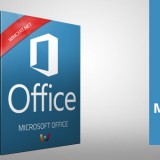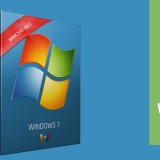Microsoft officially shuts down its Movies & TV Store
After years of slowly stepping away, Microsoft has officially closed its Movies & TV store as of today. That means you can no longer buy or rent films and shows through the app on Xbox consoles or Windows PCs. The service had a long journey, starting way back in 2006 as the Zune Marketplace, rebranding to Xbox Video in 2012, and eventually becoming the Movies & TV app we know today. But now, the storefront has finally gone dark.

If you’ve already built a library of purchases through Microsoft, don’t worry, your content isn’t going anywhere just yet. You’ll still be able to stream or download what you own on supported devices. However, you’re still limited to HD resolution. Microsoft never brought 4K/UHD support to the platform.
This change wasn’t exactly rolled out with fanfare as Microsoft quietly updated a support page to confirm the news, plainly stating: “No, you can no longer rent or buy new titles. Existing content will remain available for playback on Xbox and Windows, but there’s no mention of how long that support will last.
That lack of detail raises concerns. Microsoft hasn’t said how long it plans to keep the back-end servers running. U.S. users may be able to transfer some content to other platforms via Movies Anywhere, but much of the catalog is locked within Microsoft’s ecosystem.
This move is part of a bigger trend. Over the past few years, Microsoft has shifted its focus toward gaming, especially with Xbox Game Pass and cloud streaming, while quietly letting its digital video business fade into the background. With major players like Apple, Amazon, Netflix, and others dominating the space, Microsoft is officially bowing out.
And no, there are no refunds. Microsoft’s position is that since your purchases still play, there’s no need to offer compensation. It’s a familiar pattern: shut down the service, keep the lights on just enough for access, and move forward. If you want to safeguard your collection, now’s the time to act. Download your purchases to a Windows PC while the option still exists, because no one outside of Microsoft knows how long that feature will stick around.













